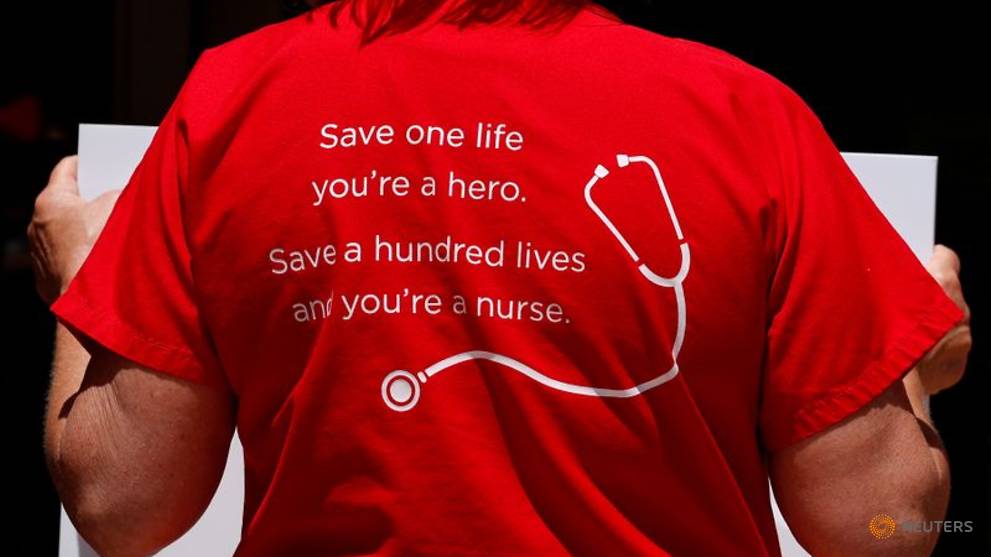
SACRAMENTO, California: As the novel coronavirus tore through Italy and then New York in March, California, anticipating a deadly surge in cases, ordered hospitals to shut down routine procedures and called in thousands of health care workers to help patients.
But the predicted surge never came.
Advertisement
Advertisement
And the cost of all that preparation – setting up field hospitals, doubling the number of intensive care rooms, purchasing protective equipment – dealt a blow to hospital bottom lines, while the ban on all non-emergency procedures cut revenues in half.
The measures drove hospitals in the most populous US state close to bankruptcy, costing them as much as US$14 billion and forcing them to lay off of thousands of health care workers, according to the California Hospital Association.
Now, reeling from the twin financial blows, hospitals are struggling to get ready for a possible new surge in cases this autumn, and wrestling with the question of whether they over-prepared last time around.
CALL FOR REINFORCEMENTS AMID LAYOFFS
Advertisement
Advertisement
Expecting to need thousands of doctors, nurses and other workers to fight the pandemic, California in March called for a "Health Corps" to care for patients, with 95,000 people signing up.
Of the tens of thousands who responded to the call to join the Health Corps, fewer than 800 have been hired by the state, according to state program data reviewed by Reuters.
"The worst thing we could do was really to under-prepare," said Dr Sanjay Kurani, Medical Director at Santa Clara Valley Medical Center, a public hospital system serving California's Silicon Valley. "From a patient health standpoint and from a public health standpoint, we had to prepare."
The industry is now asking the state for US$1 billion in aid to help hospitals defray some of those costs and meet their financial obligations for the next few months, and another US$3 billion in the new fiscal year beginning Jul 1.
"Most hospitals' balance sheets have been trashed," said Carmela Coyle, president of the California Hospital Association. "Its a one-two punch that many hospitals will find it difficult to survive."
Hardest hit were hospitals that treat large numbers of patients insured under the Medicaid program covering the poor and disabled, and the retiree Medicare program, she said.
The result was a terrible irony – at a time when health professionals treating patients infected with the virus were overworked and in some cases becoming ill themselves, thousands more lost their livelihoods in layoffs and furloughs.
"It's just a shock to be let go in the middle of all this," said nurse Tammy Wright, who was laid off from Palomar Health in San Diego County.
Palomar Health's CEO Diane Hansen said the hospital expects losses of about US$12 million by June, down from an anticipated US$20 million operating surplus. She said the gap would have been larger if the hospital hadn't laid off employees.
Wright, meanwhile, has tried to find work and had two interviews, but few jobs are available near her home in Vista.
She applied to the Health Corps, but she said nothing was available nearby.
DIFFICULTY BEFORE THE PANDEMIC
Even before the pandemic, 38 per cent of all California hospitals – public and private – were losing money after years of thin operating margins and industry consolidation. Another 11 per cent had margins hovering near zero, the hospital association said.
Budget squeezes had already left hospitals with few extra beds and little additional equipment or gear on hand, said Kerry Heinrich, CEO of nonprofit Loma Linda University Medical Center in San Bernardino County.
Loma Linda's six-campus hospital system, with an annual budget of about US$2 bRead More – Source
[contf] [contfnew] 
channel news asia
[contfnewc] [contfnewc]







